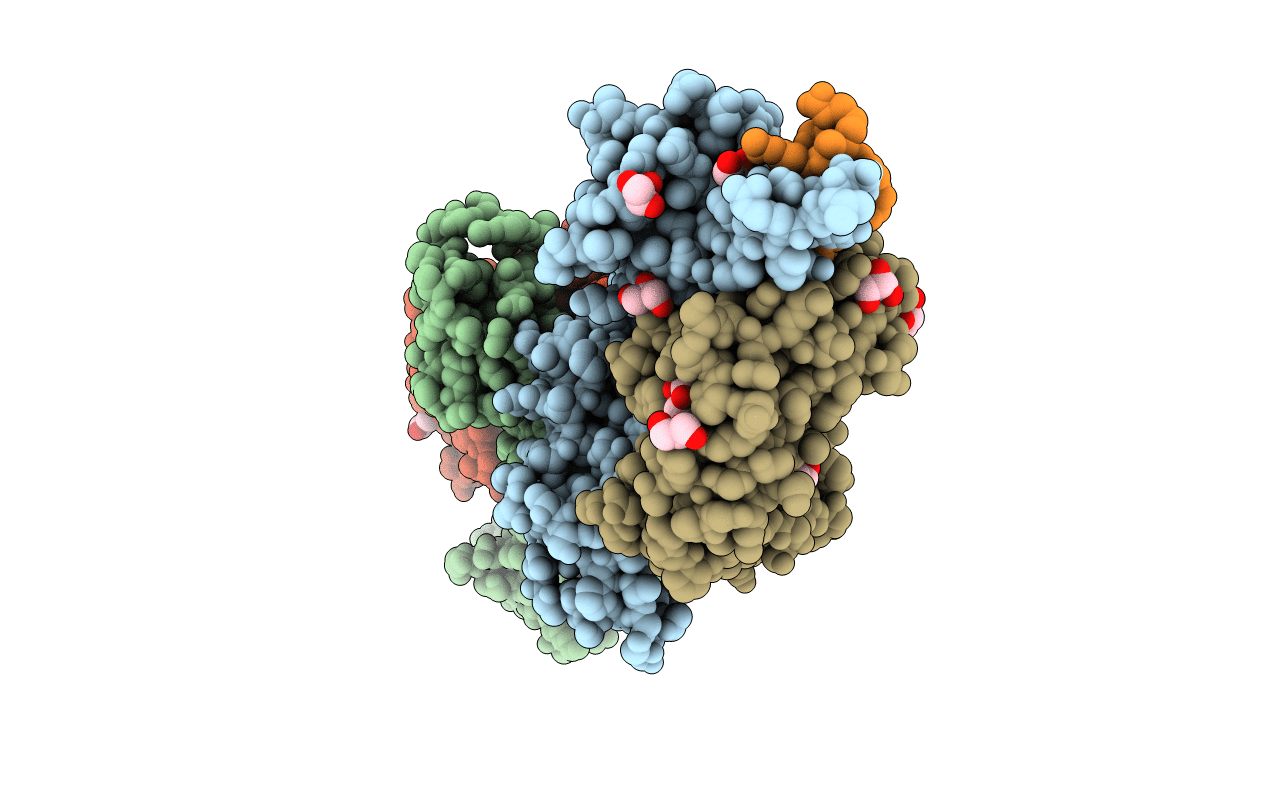
Deposition Date
2013-08-02
Release Date
2013-09-04
Last Version Date
2024-10-09
Entry Detail
PDB ID:
4M1D
Keywords:
Title:
Crystal structure of anti-HIV-1 Fab 447-52D in complex with V3 cyclic peptide MN
Biological Source:
Source Organism:
Homo sapiens (Taxon ID: 9606)
Host Organism:
Method Details:
Experimental Method:
Resolution:
1.80 Å
R-Value Free:
0.21
R-Value Work:
0.18
R-Value Observed:
0.18
Space Group:
C 1 2 1


